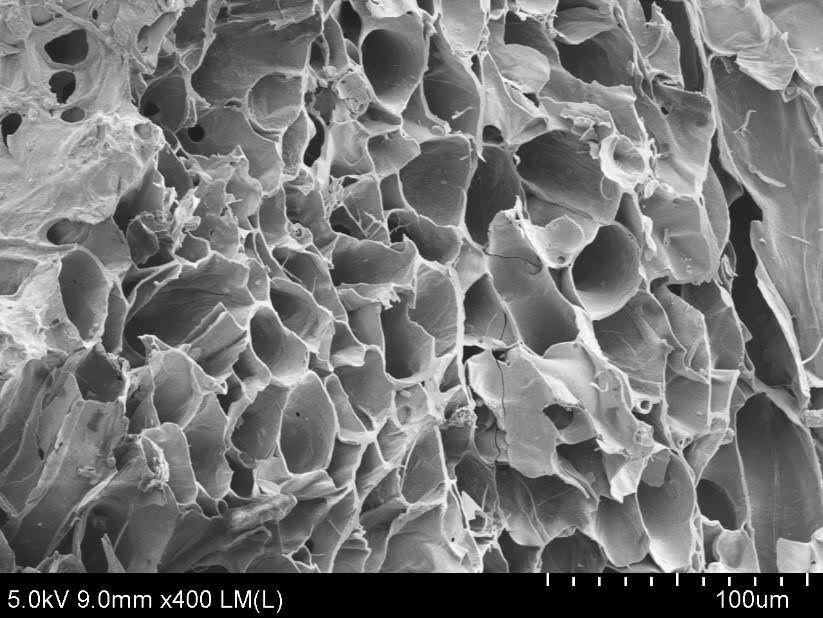Properties of Biochar from Coconut Waste and Application in Agriculture
Main Article Content
Abstract
Coconut plantation waste was in massive quantities affecting the environment in the community. Hence, the coconut plantation was charcoal full of carbon. The objective of this research was to study the properties of biochar from coconut plantation waste and the consequences of adopting biochar to mix with organic fertilizer on the growth and lettuce productivity by analyzing the physical and chemical properties of biochar from coconut plantation waste. The organic fertilizer mixed with the biochar on lettuce growth and productivity was investigated by three treatments no application of organic fertilizer (control), the application of organic fertilizer, and the application of organic fertilizer added with potassium humate. The result showed that the highest level of biochar from coconut shells had the total density, total porosity, water holding capacity, C/N ratio, and humidity at the highest level, equaling 0.58 gram/cubic centimeter, 56.50%, 54.25%, 67%, and 2.41%, respectively. The biochar from the coconut leaves had the highest air gap, pH, conductivity, organic carbon, phosphorus, calcium, and magnesium quantity, respectively (13.50%, 9.90, 2.34 dS/m, 58.94%, 0.12%, 1.25%, and 2.26%, respectively). The biochar from the fallen young coconut fruits had organic matter, cation exchange, nitrogen, and phosphorus quantity at the highest level: 72.37%, 36.19 cmol/kg, 0.57%, and 2.11%, respectively. The results of the organic fertilizer mixed with biochar and Potassium Humate added formula led to the growth and productivity in all 3 types of lettuce more than not applying organic fertilizers (p<0.05).
Article Details

This work is licensed under a Creative Commons Attribution-NonCommercial-NoDerivatives 4.0 International License.
References
Samran, S. Department of Agricultural Extension supported the farmer to make crop value added under Royal Coronation Ceremony of the King. Available online: https://www.technologychaoban.com/bullet-news-today/article_107930. (accessed on 11 October 2022).
International Biochar Initiative. Standardized Product definition and product testing guidelines for biochar that is used in soil (online). 2016. Retrieve November 23, 2015, from https://www.biochar-international.org/wp-content/uploads/2018/04/IBI_Biochar_Standards_V2.1_Final.pdf
Lehmann, J. Bio-energy in the black. Frontiers Ecology and the Environment. 2007, 5(7), 381–387.
Novak, J.; Sigua, G.; Watts, D.; Cantrell, K; Shumaker, P.; Szogi, A.; Spokas, Mark, G. J.; Kurt, S. Biochars impact on water infiltration and water quality through a compacted subsoil layer. Chemosphere. 2016, 142, 160–167.
Nanthaphop, C.; Nuangjan C.; Sangmanee, K.; Wiwat S. The application of biochar with durian shell compose for soil improvement on durain producing under acidity soil. Land Development Department. 2020.
Gonzagaa M.I.S.; Mackowiakb, C.; Almeidaa, A. Q.; Juniora, J.I.T.C.; Andrade, K.R. Positive and negative effects of biochar from coconut husks, orange bagasse and pine wood chips on maize (Zea mays L.) growth and nutrition. CATENA. 2018, 162, 414–420.
Hariz, A.R.M.; Wan Azlina, W.A.K.G.; Mohd Fazly, M.; Norziana, Z.Z.; Mohd Ridzuan, M.D.; Tosiah, S.; Nurul, A.A.B. Local practices for production of rice husk biochar and coconut shell biochar: production methods, product characteristics, nutrient and field water holding capacity. Journal of Tropical Agriculture and Food Science. 2015, 43, 91–101.
Coconut leaf nutrient levels of bearing dwarf varieties. Available online: https://journal.coconutcommunity.org. (accessed on 11 October 2022).
Land Development Department. (2019). High quality organic fertilizer. Available online: http://ofs101.ldd.go.th/LDDNews/PAPR/ปุ๋ยอินทรีย์คุณภาพสูงสูตรกรมพัฒนาที่ดินโดยใช้สารเร่งพด/ปุ๋ยอินทรีย์คุณภาพสูงสูตรกรมพัฒนาที่ดินโดยใช้สารเร่งพด.pdf. (accessed on 11 October 2022).


